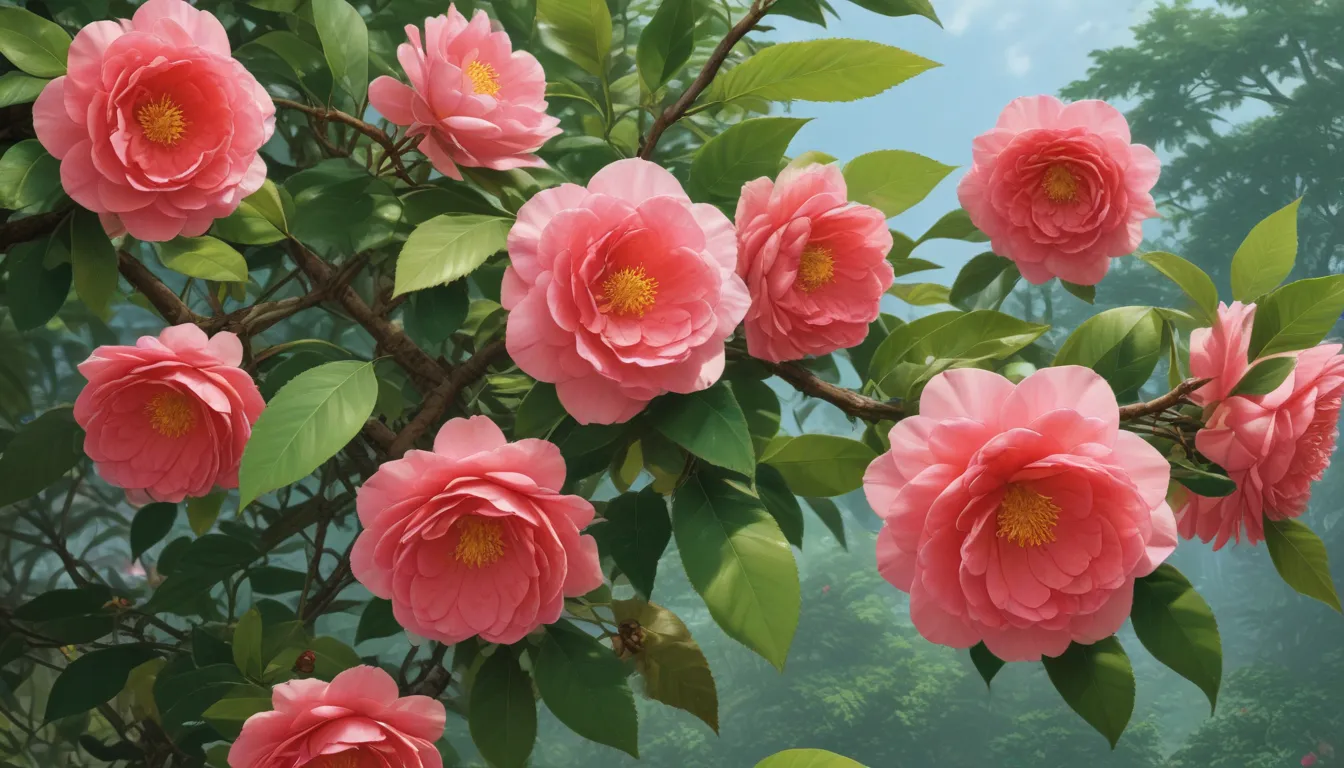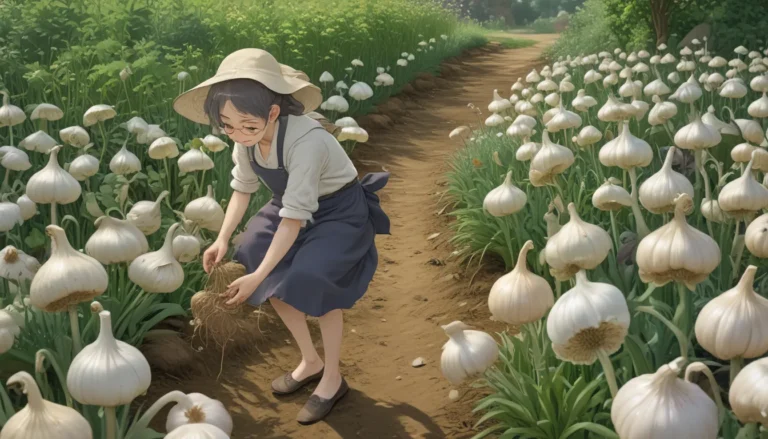Ultimate Guide to Identifying and Dealing with Leaf Gall on Camellias

Plants are truly fascinating, aren’t they? One day they are thriving, and the next they might show signs of distress that leave us scratching our heads. Whether it’s a branch growing oddly or leaves scorched by the sun, these issues can be concerning. However, when it comes to diseases like leaf gall, the sight can truly make us wonder what is going on with our beloved plants.
If you’ve noticed unusual growths on your prized camellias that resemble something out of a succulent garden, you might be dealing with leaf gall. This guides aims to walk you through what causes this problem, how to identify it, and most importantly, how to address it.
Here’s everything you can expect to learn in this comprehensive guide:
Understanding Leaf Gall on Camellias
- What Causes Leaf Gall?
- Identifying Symptoms
- Effective Treatment Strategies
While leaf gall may not be the worst disease that can befall your camellias, it is still an issue that requires attention. In this guide, we will explore the ins and outs of leaf gall, from its root causes to practical solutions to show this disease the door. Let’s dive in!
What Causes Leaf Gall?
Leaf gall on camellias is a fungal disease that is primarily caused by the Exobasidium camelliae fungus. This particular fungus tends to target plants in the Camellia genus, with C. sasanqua being the most affected.
The fungus thrives by absorbing nutrients from the host plant through haustoria, leading to various strange symptoms. It can spread through wind or water and often lie dormant on plant material throughout winter, only to surface and cause trouble once spring arrives.
The silver lining is that this fungus is host-specific, meaning it only affects camellias. So, you can rest easy knowing that your roses and rhododendrons are safe from this particular menace.
Identifying Symptoms
The hallmark symptom of leaf gall is the presence of galls on the leaves and young shoots of the plant. These galls can range in color from yellow to red as they mature, with layers on the back of the leaf eventually flaking away to reveal a white layer, which is the fungus itself.
Infected leaves tend to become unusually thick, resembling succulent leaves and turning lighter green than usual. The affected shoots might swell and appear fleshy, creating a rather odd appearance for your camellias.
As the season progresses, the galls turn brown and fall off onto the ground, where the fungus can overwinter and potentially re-infect your plants come spring.
How to Treat This Disease
The good news is that leaf gall, while unsightly, is not a severe threat to your camellias. Thankfully, managing this issue is relatively straightforward. If you notice galls forming, simply remove them from your plants before the leaf layers start peeling away to expose the white fungus underneath.
By removing the galls in a timely manner, you prevent the release of fungal spores that could infect neighboring plants. If a branch is heavily infected, it’s best to trim it off entirely and dispose of it properly. Remember to clean up fallen galls to prevent the fungus from overwintering and spreading further.
Conclusion: Bid Farewell to Leaf Gall
Leaf gall doesn’t have to be a cause for alarm when it comes to your camellias. With a little vigilance and some proactive steps, you can effectively manage this issue and restore your plants to their former glory.





